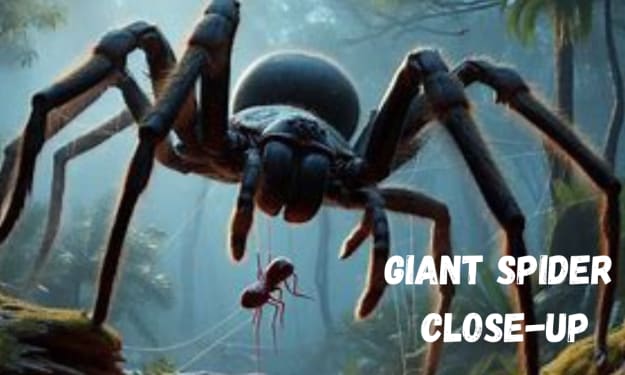Saving Species from Extinction: Conservationists' Efforts Rewriting the Future
"Preserving Life on Earth: Conservationists Remarkable Battle Against Extinction"

Introduction:
In an era where biodiversity loss and species extinction pose grave threats to our planet's ecosystems, conservationists around the world have been working tirelessly to rewrite the future for endangered species. These dedicated individuals and organizations are spearheading efforts to protect and revive endangered species, offering hope for a more sustainable and diverse world. Through a combination of scientific research, community engagement, and innovative conservation strategies, these conservationists are making remarkable strides towards saving species from the brink of extinction.
Preservation through Research:
Conservationists are driven by a deep understanding of the intricate relationships between species and their habitats. Through scientific research and monitoring, these experts gather vital data to identify threats, devise conservation plans, and implement effective strategies. They study species' behavior, breeding patterns, and ecological requirements, enabling them to develop targeted interventions that address specific challenges faced by endangered species.
In addition to traditional field research, conservationists are embracing advanced technologies such as satellite tracking, DNA analysis, and remote sensing. These tools provide valuable insights into species' movements, population dynamics, and habitat degradation, enhancing the efficiency and precision of conservation efforts. By leveraging cutting-edge techniques, conservationists can more accurately identify critical areas for protection and prioritize conservation actions accordingly.
Community Engagement and Sustainable Practices:
Conservation efforts are most successful when they involve local communities and foster sustainable practices. Conservationists work closely with indigenous peoples, local residents, and stakeholders to build partnerships that integrate traditional knowledge with scientific expertise. By engaging communities, conservationists ensure that conservation initiatives are culturally sensitive, economically viable, and environmentally sustainable.
Empowering local communities also creates a sense of ownership and stewardship, as they become actively involved in safeguarding their natural resources. Through education, awareness campaigns, and capacity building, conservationists inspire individuals to adopt sustainable practices, reduce human-wildlife conflicts, and promote responsible tourism. By aligning conservation goals with community interests, these efforts not only protect endangered species but also improve livelihoods and foster a sense of collective responsibility.
Innovative Conservation Strategies:
Conservationists are continually pushing the boundaries of traditional conservation methods by embracing innovative strategies. These include captive breeding programs, reintroduction of species into the wild, and the creation of protected areas. Captive breeding allows conservationists to establish genetically diverse populations that can later be reintroduced into their natural habitats. By carefully managing captive populations, conservationists ensure the survival and genetic health of endangered species.
Reintroduction initiatives are pivotal in restoring balance to ecosystems. Conservationists meticulously plan and monitor these endeavors to ensure the successful integration of reintroduced individuals into their native environments. These efforts contribute to the recovery of fragile ecosystems, benefiting not only the target species but also the myriad of other organisms that rely on their presence.
The establishment of protected areas remains a cornerstone of conservation efforts. Conservationists work tirelessly to expand protected areas, both on land and in marine environments. These sanctuaries provide safe havens for endangered species to thrive, safeguarding their habitats from destructive activities such as deforestation, poaching, and habitat degradation. Through active management and enforcement, these protected areas enable species to recover and ecosystems to regenerate.
Conclusion:
Conservationists' unwavering dedication and innovative approaches are rewriting the future for endangered species. Their tireless efforts to protect and revive species on the brink of extinction offer a glimmer of hope in the face of biodiversity loss. Through research, community engagement, and creative conservation strategies, these passionate individuals and organizations are forging a path towards a more sustainable and biodiverse planet. However, the challenges ahead remain significant, requiring continued support and collaboration from governments, businesses, and individuals alike. Together, we can empower conservationists and work towards a future where endangered species not only survive but thrive in harmony with their ecosystems.





Comments
There are no comments for this story
Be the first to respond and start the conversation.